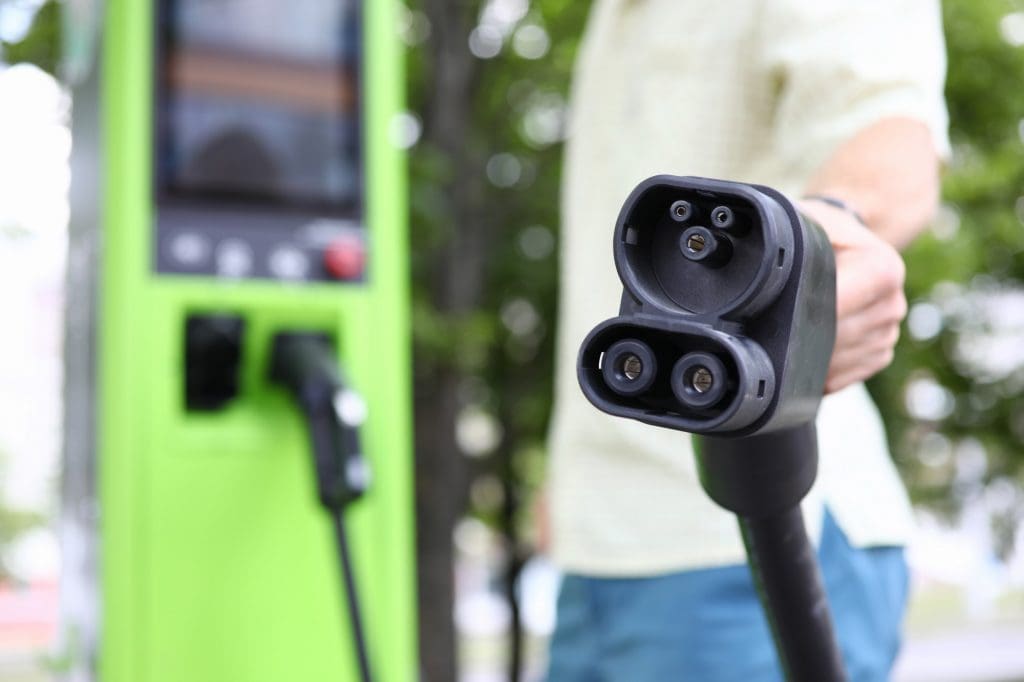Electric vehicles make long trips simpler than ever—but charging speeds can be confusing. What do kilowatt (kW) ratings really mean? And does using rapid or ultra‑fast chargers harm battery life? Here’s a clear, driver‑friendly guide.
What do charging speeds mean?
Charging speed is the power delivered to your EV, measured in kilowatts (kW). Higher kW usually means faster top‑ups—so long as your car can accept it.
- Slow: ~3–7 kW (typical home/workplace).
- Fast: 7–22 kW (many destination posts).
- Rapid: ~50–75 kW DC (often 20–80% in ~30–45 mins, vehicle‑dependent).
- Ultra‑fast: 100–350 kW DC (compatible cars can add major range in under 30 mins).
AC vs DC: why it matters
EV batteries store energy as DC, but the grid supplies AC. With home or many destination chargers, your car’s onboard converter turns AC into DC—limiting speed. Rapid/ultra‑fast chargers convert to DC in the unit itself and feed the battery directly, enabling much higher power.
For independent UK EV guidance, see the Energy Saving Trust. For wider system context, visit National Grid ESO.
What affects your actual charging speed?
- Battery capacity (kWh): Larger packs store more energy but take longer to fill.
- Maximum acceptance rate: If your EV tops out at e.g. 100 kW, a 300 kW charger won’t increase speed beyond that.
- Battery Management System (BMS): Most EVs taper charging above ~80% to protect longevity.
- Chemistry & cooling: Cell design and thermal management influence how fast your pack can safely charge.
- State of charge (SoC) & temperature: Very cold/hot packs and very high SoC typically charge slower.
Does rapid or ultra‑fast charging harm battery life?
Used as intended, rapid charging is a normal part of EV ownership. Battery longevity is influenced by many factors—temperature extremes, frequent 0–100% cycles, and overall usage patterns. Modern BMS and thermal systems are designed to protect cells during high‑power top‑ups.
Smart rapid‑charging tips
- Target ~20–80%: It’s often the quickest window on DC because charging tapers at higher SoC.
- Precondition: If available, warm/cool the battery before arriving at a rapid to improve speeds—especially in winter or heatwaves.
- Stack breaks with charging: Grab food, stretch, and you’ll be ready to go when the car is.
- Plan a plan‑B: If a site is busy, a close alternative keeps momentum.
Glossary: kW vs kWh
- kW (kilowatts): Power—how fast energy flows (charging speed).
- kWh (kilowatt‑hours): Energy capacity—how much your battery can store.
Bottom line
Rapid and ultra‑fast chargers exist to get you moving sooner. Understand your car’s limits, aim for efficient charge windows, and use preconditioning where possible. The result: quicker stops, healthy batteries, and smoother journeys.
